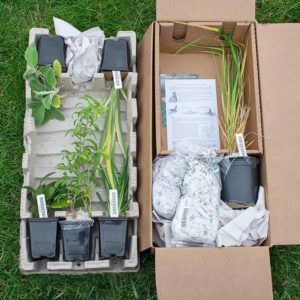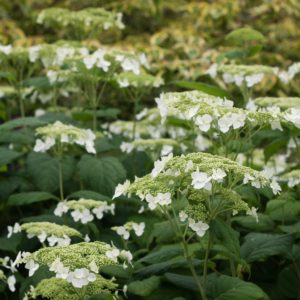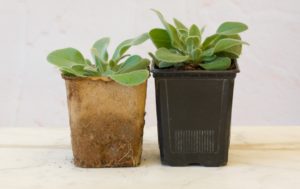Year after year, our customer service staff members spend as much time taking orders as they do answering questions and offering garden advice. They love to do this, especially because many are avid gardeners. Compiled below are the 5 most common questions they hear at this time of year. From advice on watering plants to pruning Hydrangeas, we hope you’ll find information you can use in your own garden.
The questions and answers here were supplied by Cathy Hughes, the Senior Horticulturist of the Customer Support Center and manager of the staff gardens at our facility in Torrington, CT.
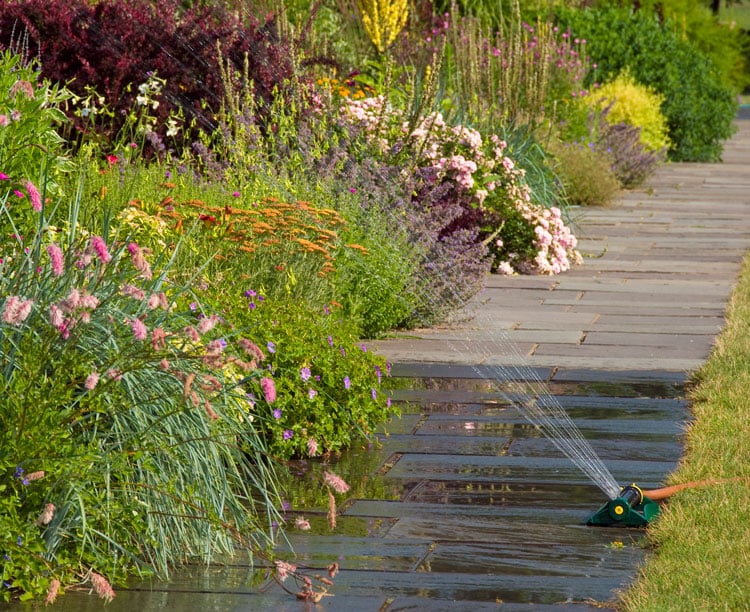
Why aren’t the perennial plants I received this spring doing well despite being watered diligently (or religiously)?
Perennial plant material, which includes perennials, trees, shrubs and Roses, needs to be watered well after planting and then watered when the soil is dry to a depth of 1”. If rain is scarce, this generally means one deep watering per week, even in the hotter areas of the country. This is especially true of bareroot plant material. If plants are overwatered while establishing new roots, the quality of the roots will be compromised and the plants will not survive.
Why is the foliage of my perennials (or shrubs) wilting even though I’m watering diligently? Why don’t the plants recover after watering?
The foliage of plants often will wilt during the hottest part of the day as a response to the heat, but this does not mean the soil is dry, especially if conditions also have been humid. Always check the moisture level of the soil before watering. It should be dry to a depth of 1” before you water again. It’s important to remember that decorative mulch holds moisture in the soil. If the soil is staying too wet, it’s always best to temporarily remove the mulch from the base of the plants and gently cultivate the soil to aerate it. This should be done after every rain until the plant recovers.
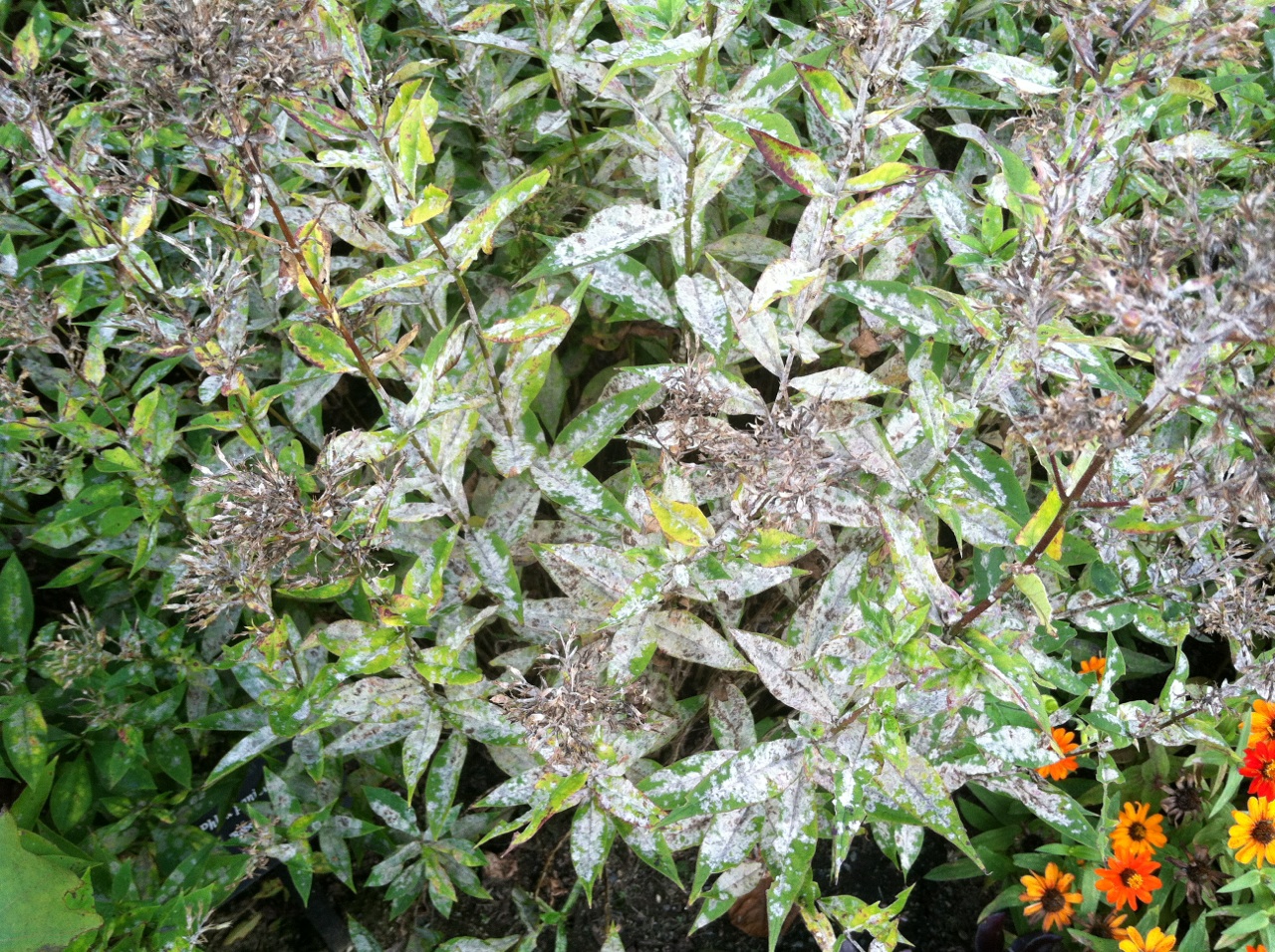
What’s the white coating on the leaves of my perennials (or vegetable plants)?
It’s the disease powdery mildew, and it can be controlled with neem oil, which is applied as a foliar spray. While the foliage looks unsightly, the overall vigor of the plant will not be affected. If possible, it’s also important there be good air circulation between plants and that all infected plant material be collected, bagged and discarded in the garbage in the fall. Do not compost this material.
What’s causing the holes in the leaves of my Roses?
If the damage results in a skeletonizing effect to the foliage (the leaf tissue between the large veins is eaten away), the damage could be caused by the larval stage of Rose sawfly (here in Zone 5 we begin scouting for this insect around Mother’s Day) or Rose chafers. Later in the season thrips may be the culprits. All of these insects can be controlled with a neem oil or Monterey Garden Insect Spray, or any insecticide recommended for Roses. While this damage is unsightly, it will only affect the overall health of the plant if the infestation is severe and is left untreated.
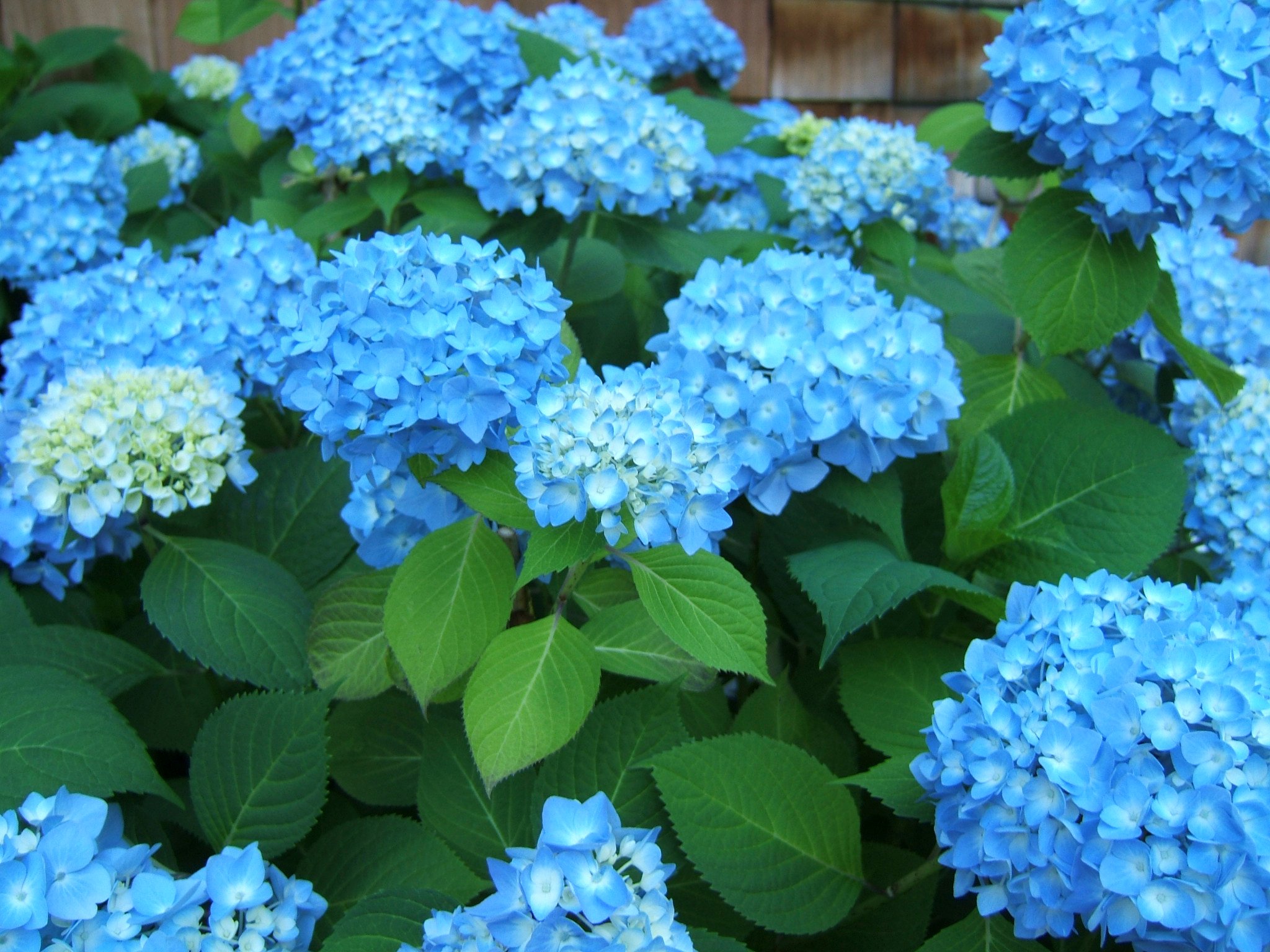
When do I prune my Hydrangeas?
The pruning of Hydrangeas depends upon whether they bloom on old wood, new wood, or both. Click here to visit our Grow Guide, which outlines how to prune different varieties.

